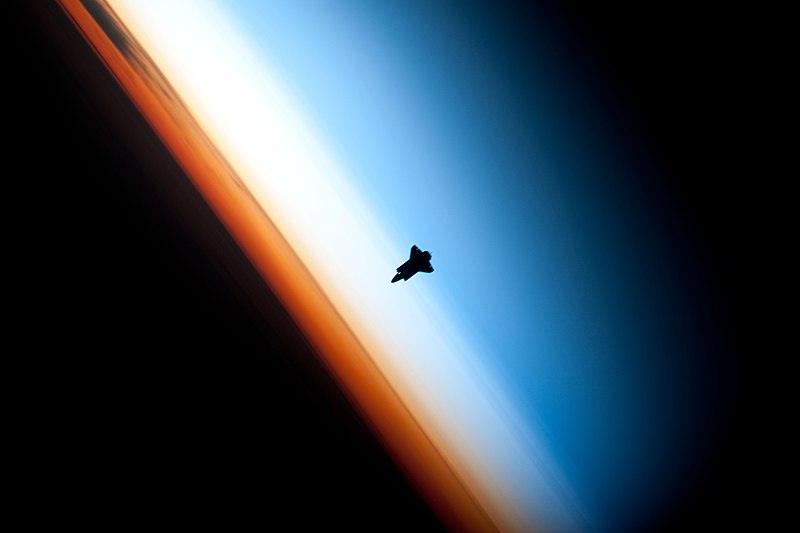settings
1984 vocabulary
1 weather related terms
help & settings
[x]
-
stratosphere
-
► definition
Definition:the second major layer of Earth's atmosphere, just above the troposphere, and below the mesosphere. The stratosphere is stratified (layered) in temperature, with warmer layers higher and cooler layers closer to the Earth; this increase of temperature with altitude is a result of the absorption of the Sun's ultraviolet radiation by the ozone layer. This is in contrast to the troposphere, near the Earth's surface, where temperature decreases with altitude. The border between the troposphere and stratosphere, the tropopause, marks where this temperature inversion begins. Near the equator, the stratosphere starts at as high as 20 km (66,000 ft; 12 mi), around 10 km (33,000 ft; 6.2 mi) at midlatitudes, and at about 7 km (23,000 ft; 4.3 mi) at the poles.text from Wikipedia, licensed under Creative Commons - Attribution - Sharealike photo: troposphere (orange), stratosphere (white), mesosphere (blue) Public Domain,
photo: troposphere (orange), stratosphere (white), mesosphere (blue) Public Domain,
► uses
Uses:
We live in the troposphere, and the all the weather really happens from the troposphere down. Then you have the stratosphere, then you have the mesosphere (that's where [noctilucent clouds form]) [...].
The Weather Channel. June 11, 2019 @7:50 AM EST
---
the line of demarcation between troposphere and stratosphere was approximated from nasal hemorrhage, impeded respiration and vertigo,
James Joyce. Ulysses
---
You will be lifted clean out from the stream of history. We shall turn you into gas and pour you into the stratosphere. Nothing will remain of you; not a name in a register, not a memory in a living brain.
George Orwell. 1984 (1949)
---
An understanding of the role of the stratosphere in climatic change and atmospheric evolution is also needed. This includes understanding stratospheric warnings, their impact on chemistry, the spatial distribution of aerosols, and interactions with the troposphere below and the mesosphere above. Measurements of the mesosphere and lower thermosphere are needed to determine composition and variability. Little is known of the basic meteorology in these regions (temperature, pressure, wind variations).
NASA. NASA/ASEE Summer Study: Advanced Automation for Space Missions (1980)

